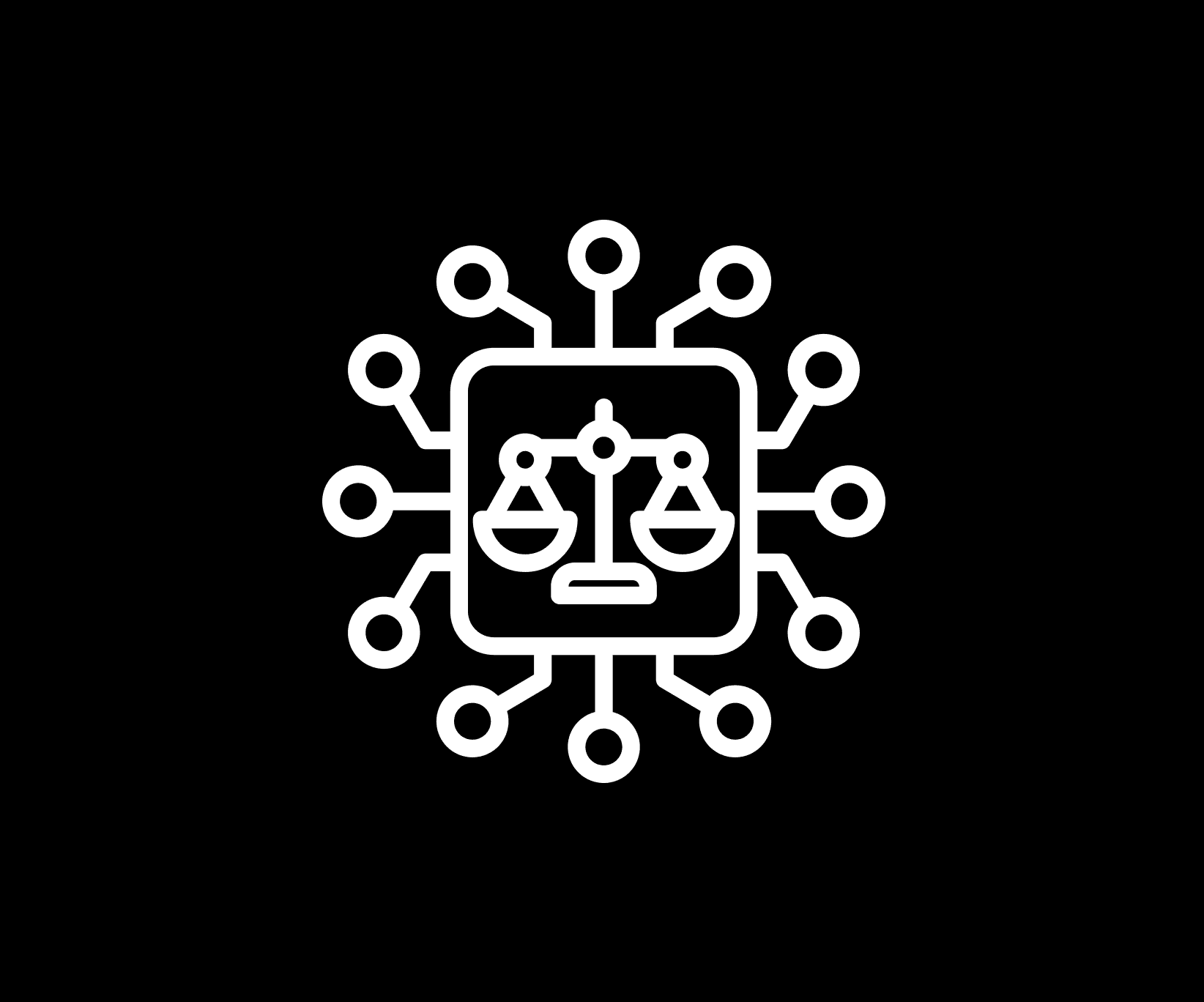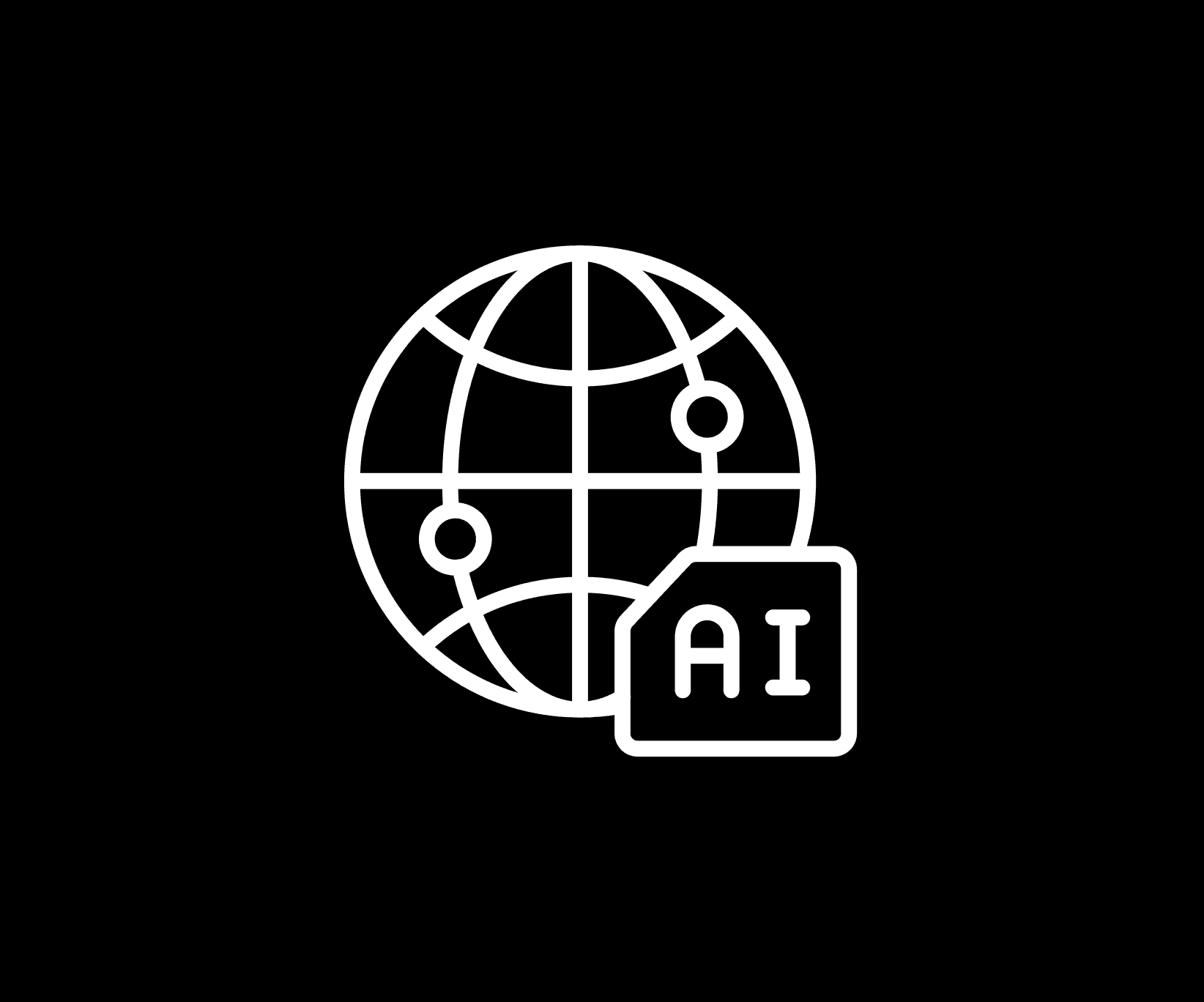AI
AI-Powered Legal Translation: A New Era of Language Accessibility
Author: Isa Maani
Introduction
In today’s interconnected legal landscape, clear communication across language barriers is essential. While traditional machine learning (ML) translation tools like Google Translate, Microsoft translator are valuable, they often face limitations and lack the contextual understanding necessary for legal accuracy, which can lead to misunderstandings. In contrast, advanced AI tools like ChatGPT, built on large language models (LLMs), go beyond basic translation. They grasp context, meaning, and nuance, enabling them to generate accurate, context-aware translations, making them a valuable asset for legal professionals handling complex documents. In this post, I’ll explore how these new AI models are transforming language translation in the legal field and what this means for the future of multilingual legal work.
The Power of AI in Document Translation
AI-powered document translation systems, such as ChatGPT and Anthropic, leverage large language models to convert text across multiple formats and languages. Unlike traditional translation tools, which have language limitations, these advanced systems can translate to and from an unlimited number of languages, including dialects and even extinct languages like Sumerian, Gothic, and Sanskrit. With their ability to process both text and images, they can seamlessly handle PDFs, Word documents, and non-readable PDFs. By analyzing vast amounts of training data, new AI models learn to understand the nuances of different languages, capturing context, idioms, and cultural differences.
Why AI Translation Matters for Legal Professionals?
High Quality: New AI models provide high-quality translations and are better at understanding complex language structures and context, leading to more precise translations.
Context Matters: These tools keep track of context throughout long texts, offering more fluent and cohesive translations.
Handling Ambiguity: These models can interpret idioms and ambiguous phrases more effectively than traditional translation tools relying on ML models.
Specialized Legal Knowledge: new AI models can be customized for specific industries, improving accuracy for specialized documents such as legal.
Handling Technical Language: those can translate technical terms and uncommon expressions more naturally.
Legal Applications of LLM-Powered Document Translation
Cross-Border Transactions: AI-powered tools allow for more accurate translation of complex contracts and agreements, helping legal professionals ensure compliance with foreign legal systems.
Litigation: In cross-border litigation, new AI models can quickly translate large volumes of legal documents—court rulings, evidence, and legal submissions—ensuring clarity across jurisdictions, reducing manual translation errors.
Regulatory Compliance: these tools aid in the accurate translation of complex regulatory documents, allowing legal professionals to quickly navigate international compliance challenges.
International Arbitration: AI can ensures that key legal documents like witness statements and arbitration agreements are accurately translated, improving communication in multilingual cases.
Challenges and Future Directions
While AI models surpass traditional machine learning translation tools, they still face certain limitations. Here are some challenges AI models encounter when translating structured legal texts:
Footnotes and Citations: new AI models often face issues when translating footnotes, references, and citations, particularly in legal or academic contexts. These elements require precise formatting and contextual accuracy, and errors can lead to confusion or mistranslation of essential information.
Document Structure: Legal documents rely heavily on a clear structure, including sections, headings, and formatting. AI may distort or fail to retain these structures during translation, making it harder for readers to navigate and potentially altering the document's meaning.
Coherence in Long Documents: AI can sometimes lose context in long legal documents, leading to inconsistencies in translation.
Formatting Issues: Specialized legal formatting, such as citation styles and numbered sections, may not always be handled correctly.
Despite these challenges, AI models are rapidly evolving, and new tools are trying to address these issues. As technology improves, legal professionals will gain even greater benefits from using AI models for document translation.
Conclusion
The new era of AI-powered legal document translation is transforming the way we communicate and collaborate across languages. By leveraging the power of AI, we can break down language barriers and foster a more interconnected world. As AI technology continues to evolve, even more innovative and efficient translation solutions will emerge, benefiting individuals, businesses, and society as a whole.
Sources
ChatGPT. Available at: https://chatgpt.com
Anthropic. Available at: https://www.anthropic.com
Best AI Document Translator. Machine Translation Blog. Available at: https://www.machinetranslation.com/blog/best-ai-document-translator
LLM Translation: Advantages and Disadvantages. Pairaphrase. Available at: https://www.pairaphrase.com/llm-translation-advantages-disadvantages/
LLMs vs. Traditional Language Models. Appy Pie Blog. Available at: https://www.appypie.com/blog/llms-vs-traditional-language-models
The Shift from Traditional ML to LLMs. Dashbot Blog. Available at: https://www.dashbot.io/blog/the-shift-from-traditional-ml-to-llms
LLM Translation. Smartling Resources. Available at: https://www.smartling.com/resources/101/llm-translation/
New Trends in Machine Translation and Large Language Models. Machine Translation Blog. Available at: https://www.machinetranslation.com/blog/unveiling-new-trends-in-machine-translation-and-large-language-models
On the Predictive Efficiency of LLMs. arXiv. Available at: https://ar5iv.labs.arxiv.org/html/2401.08088





